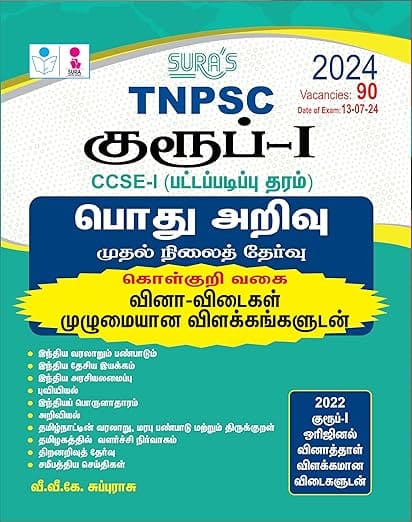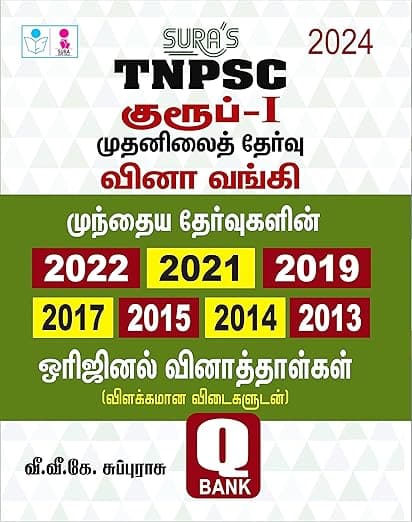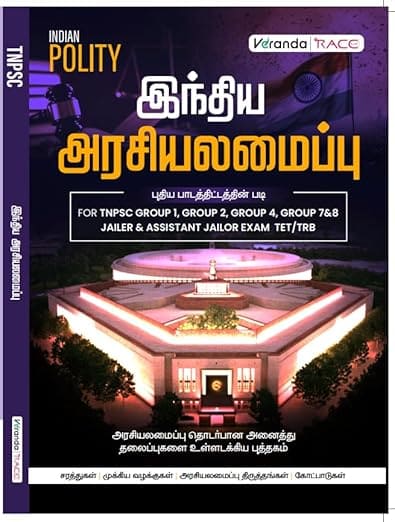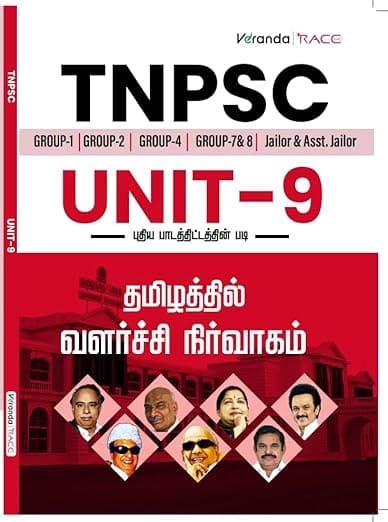Middle Palaeolithic Culture
- After about 4,00,000 years BP (Before Present), changes took place in the lithic technology and the species of human ancestors diverged.
- The species of Homo erectus existed in this period.
- Some of the Middle Palaeolithic tools are attributed to behavioural modernity.
- Anatomically modern humans are said to have emerged around 3,00,000 years ago.
- In India, the Middle Palaeolithic phase was first identified by H.D. Sankalia on the Pravara River at Nevasa.
- After this discovery, several sites of this period have been identified.
- Recently, the Middle Palaeolithic of Athirampakkam is dated to be around 3.85-1.72 lakh years BP.
- Indian Middle Palaeolithics probably may be as old as the African Middle Palaeolithic culture.
Industries and Tool Types
- The tool types of the Middle Palaeolithic period are hand axes, cleavers, choppers, chopping tools, scrapers, borers and points, projectile points or shouldered points, and knives on flakes.
- Flake industry was predominant in the Middle Palaeolithic period and tools such as scrapers, points and borers were made. Scrapers were used for wood and skin working.
Chronology
- The Middle Palaeolithic culture in India is dated between 3,85,000 and 40,000 BCE (BC).
- While the African Middle Stone Age is associated with the Homo sapiens, it is associated with the Neanderthals in Europe.
- No hominin fossil bones of this species have been found in India.
Distribution
- The Middle Palaeolithic sites are found in Narmada, Godavari, Krishna, Yamuna and other river valleys.
Ways of Life and Main Characteristics
- The Middle Palaeolithic people occupied open-air, cave and rock shelter sites.
- They were hunter-gatherers.
- The main features of the Indian Middle Palaeolithic period include the following:
- The tools became smaller.
- The decrease in the use of hand axes in relation to other tools.
- Use of core preparation techniques in stone tool production.
- Use of chert, jasper, chalcedony and quartz as raw materials.










